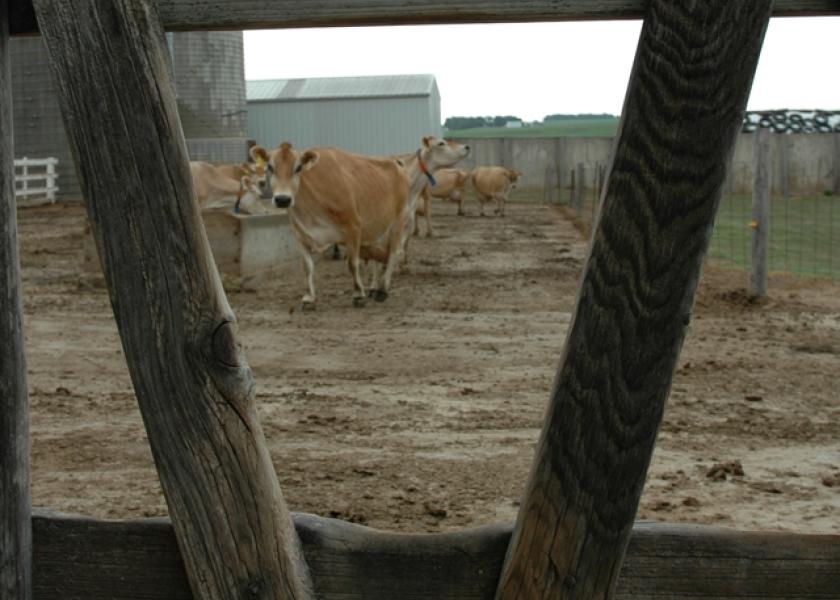Where Are Milk Prices Headed?

Andy Novakovic
The E.V. Baker Professor of Agricultural Economics
Cornell University
I am with the crowd that has been saying for a few months now that the situation for dairy farmers is more likely to get worse than better in the next year. In comparing our milk prices with those reported for international markets, it is interesting and worthwhile to note that non-fat dry milk, skim milk powder and whey products are maintaining some export share but only because our prices are staying near those for Oceania. Unfortunately, at those prices, no co-op really wants to be making and selling powder.
On the other hand, our cheese and butter prices are essentially pricing us out of export markets. The wonder is that we haven’t attracted more imports. We do have a bit of upside protection because of tariffs but I think more of it has to do with the fact that it is easier to substitute powders than it is to get international substitutes for pizza cheese, processed singles in foodservice, commodity cheddar, and 80% fat, salted butter.
We need to understand that the relatively lower substitutability between our cheese and butter allows for some price divergence between domestic and international prices. But it doesn’t make us immune from international price competition.
The last time we had a big price divergence in 2014, it took about four months before domestic cheese prices turned south and they did so in a big way. Butter’s rise lasted seven months but within four months domestic butter prices dropped precipitously. The 2014 experience was the most dramatic in the last decade or so, but the general pattern has been observed before. My guess is that we are 1-3 months away from a similar correction (down turn) in domestic prices. Unfortunately, world markets remain quite bearish due to a combination of supply and demand factors.
We also need to understand that our participation as a net exporter in world markets mostly means we get to produce and market more farm milk. The pie gets bigger. Just like any new demand (pizza cheese, Greek yogurt, etc.), the first effect is rising prices as supply increases to catch up with demand. Once that new equilibrium is attained at a somewhat higher average price, we go back to the ups and downs that are caused by the small changes in supply or demand at the margins.
Lurking behind all of this market news and forecasting is the conundrum of what farmers can do to protect themselves from the financial repercussions. It is understandable that a lot of farmers feel that the new Margin Protection Program for Dairy (MMP-D) let them down and let them down in a big way in 2015.
Although it is understandable, it is also a bit unfair to the designers of the program. MPP-Dairy was developed because most farmers felt that Milk Income Loss Contract program wasn’t working anymore. The trigger price was low given new market realities, the feed adjuster didn’t really keep up with the rapid rise in feed prices, and it didn’t help farmers much bigger than the average, never mind really big farmers.
A lot of farmers who wanted change may have wanted a better deal than MPP but the fact is it proved hard enough politically and budget-wise to get that deal. In the end, we all can only play the cards we are dealt.
Market expectations for the coming year are a good deal more sour today than market expectations for 2015 were when farmers were signing up for this year’s program at the end of 2014. There is a real risk of cutting off one’s nose to spite one’s face if farmers don’t give risk protection a serious look for 2016, whether it is MPP-Dairy or something else.
That certainly does not mean everyone should buy at $8 or even $6.50; nor does it mean that $4 is the right answer for everyone. The fact remains that each farmer has to spend a little time thinking about just how much risk he can bear before spending a little money to avoid losing a lot more makes sense.







